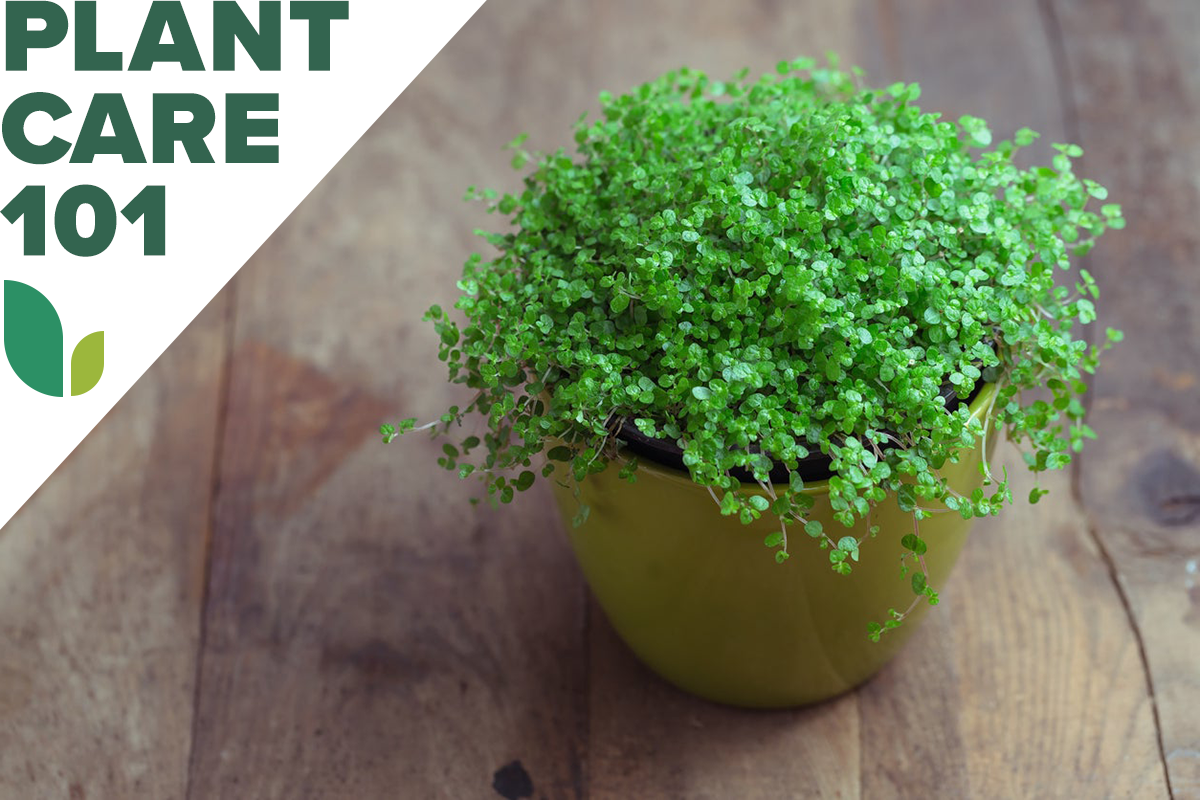
Baby Tears: A Comprehensive Guide to Care and Cultivation
Introduction
Baby tears (Soleirolia soleirolii), a delicate and charming groundcover, is renowned for its tiny, round leaves and creeping growth habit. Native to the Mediterranean region, this versatile plant adds a touch of elegance and whimsy to gardens, terrariums, and indoor spaces. However, to maintain its vibrant appearance and ensure its longevity, proper care and cultivation practices are essential. This comprehensive guide will provide you with all the necessary information to nurture and enjoy your baby tears for years to come.
Botanical Description
Baby tears is a member of the Urticaceae family, which also includes nettles. It is a low-growing, herbaceous perennial that typically forms a dense mat of foliage. The plant’s most distinctive feature is its tiny, round leaves, which are approximately 2-3 millimeters in diameter. These leaves are arranged in opposite pairs along the stems, creating a delicate and intricate pattern.
Baby tears produces inconspicuous flowers that are greenish-white in color and appear in clusters at the leaf axils. The flowers are not particularly showy and are often overlooked. The plant’s primary appeal lies in its foliage, which remains attractive throughout the year.
Cultivation Requirements
Baby tears is a relatively easy plant to grow, provided its basic cultivation requirements are met.
Light: Baby tears prefers bright, indirect light. It can tolerate low light conditions, but the growth may be slower and the foliage may become less vibrant. Avoid exposing the plant to direct sunlight, as this can scorch the leaves.
Soil: Baby tears requires well-drained, moist soil that is rich in organic matter. A potting mix specifically designed for indoor plants or a mixture of peat moss, perlite, and vermiculite is ideal.
Water: Water baby tears regularly, allowing the soil to dry out slightly between waterings. Avoid overwatering, as this can lead to root rot.
Humidity: Baby tears thrives in humid environments. If the air in your home is dry, you can increase the humidity around the plant by placing it on a tray filled with pebbles and water.
Temperature: Baby tears prefers moderate temperatures between 60-75°F (16-24°C). It can tolerate cooler temperatures but may go dormant during the winter months.
Fertilization: Fertilize baby tears monthly during the growing season with a balanced liquid fertilizer diluted to half strength. Avoid overfertilizing, as this can damage the plant.
Propagation
Baby tears can be easily propagated by division or stem cuttings.
Division: In spring or fall, carefully divide the plant into smaller sections, ensuring that each section has a healthy root system. Replant the divisions in individual pots or in the garden.
Stem Cuttings: Take stem cuttings in spring or summer. Cut a 3-4 inch section of stem and remove the lower leaves. Dip the cut end in rooting hormone and plant it in a pot filled with moist potting mix. Keep the cutting warm and humid until it develops roots.
Pests and Diseases
Baby tears is generally resistant to pests and diseases. However, it can be susceptible to mealybugs, aphids, and spider mites. These pests can be controlled with insecticidal soap or neem oil.
Uses in Landscaping and Home Decor
Baby tears is a versatile plant that can be used in a variety of landscaping and home decor applications.
Groundcover: Baby tears is an excellent groundcover for shady areas. It forms a dense mat of foliage that suppresses weeds and adds a touch of greenery to the landscape.
Edging: Baby tears can be used to create a delicate edging along pathways, flower beds, and other garden features.
Terrariums: Baby tears is a popular choice for terrariums due to its small size and ability to thrive in humid environments.
Indoor Plants: Baby tears can be grown as an indoor plant in pots or hanging baskets. It adds a touch of elegance and whimsy to any room.
Tips for Success
- Provide adequate drainage: Baby tears does not tolerate waterlogged soil. Ensure that the pot or planting site has good drainage to prevent root rot.
- Avoid overwatering: Allow the soil to dry out slightly between waterings. Overwatering can lead to yellowing leaves and root problems.
- Maintain humidity: Baby tears prefers humid environments. Mist the plant regularly or place it on a tray filled with pebbles and water to increase the humidity around it.
- Fertilize regularly: Fertilize baby tears monthly during the growing season to provide it with essential nutrients.
- Prune regularly: Prune baby tears as needed to remove dead or damaged leaves and to control its growth.
Conclusion
Baby tears is a charming and versatile plant that adds a touch of elegance and whimsy to any space. By following the care and cultivation practices outlined in this guide, you can ensure that your baby tears thrives and brings you years of enjoyment. Whether you use it as a groundcover, edging, terrarium plant, or indoor decoration, baby tears is sure to add a touch of beauty and tranquility to your surroundings.
